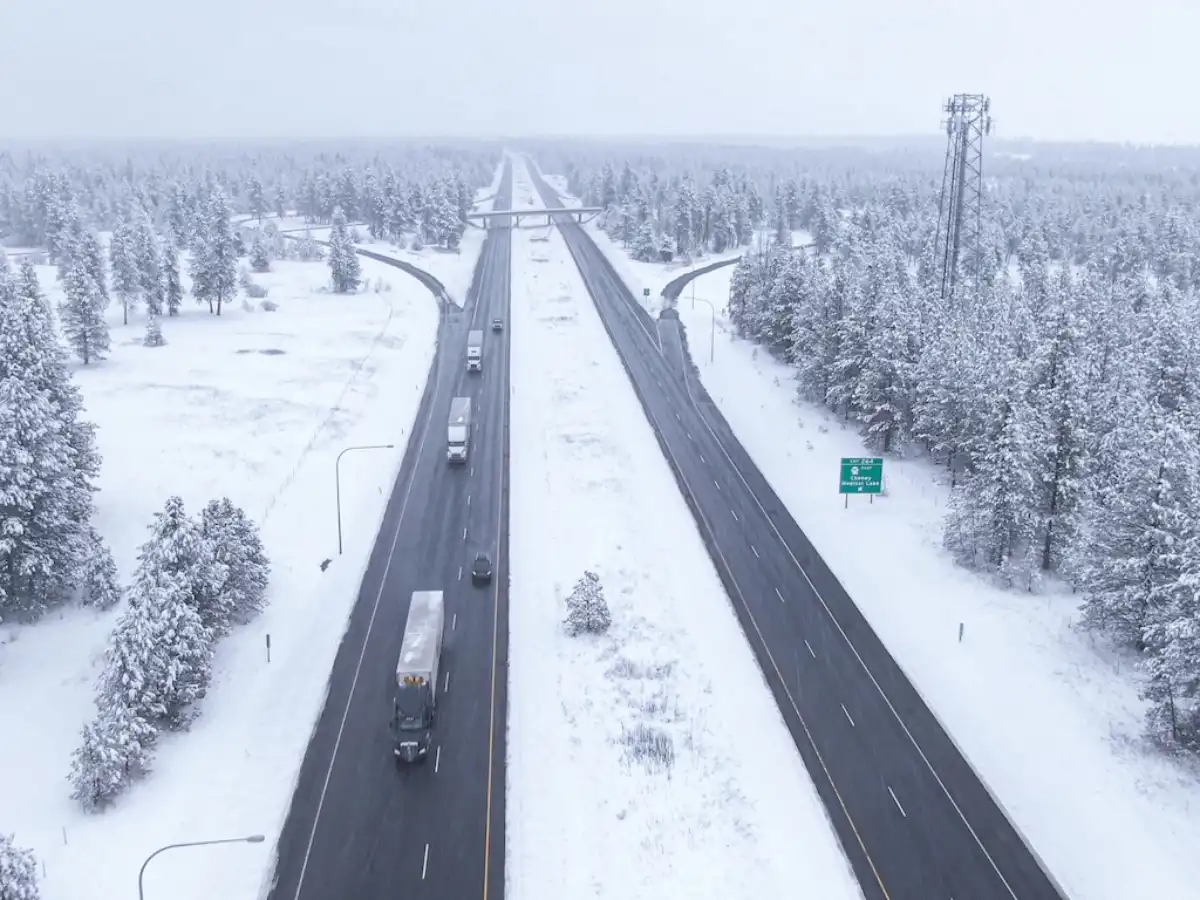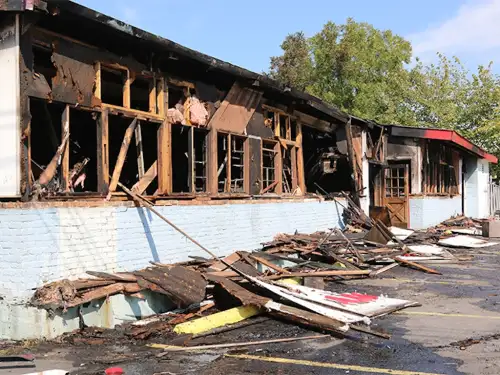Here’s how to get your vehicle road-ready and your travel plans on point before the holiday rush begins.
Start with Your Vehicle
Now’s a great time to get ahead of any maintenance issues so you’re not scrambling the week of your trip.
Check your wiper blades. If they’re cracked, squeaky, or leaving streaks, it’s time for a new set. Good visibility is key—especially during winter weather.
Stay up to date on maintenance. Schedule service based on your manufacturer’s recommendations. While you're at it, check your antifreeze levels, battery charge, tire pressure, and heating system.
Fill your tank and switch out fluids. A full gas tank helps prevent freezing in cold weather. Top off your wiper fluid with a winter-rated version.
Test the essentials. Make sure your headlights, brake lights, emergency flashers, defrosters, and heater are all working properly.
Pack Like a Pro
Holiday travel means being ready for both expected stops and unexpected delays. Build (or restock) your emergency kit with the following:
- Jumper cables
- Flashlight and extra batteries
- First-aid kit
- Basic tools (like screwdrivers and a pocketknife)
- Ice scraper, gloves, and a warm blanket
- Bottled water and snacks
- Extra phone charger or power bank
- Flares or reflective triangles
- Sturdy footwear
Bonus items (especially if you’re driving in snow): a small shovel, tire chains, and kitty litter or sand for traction.
You can store everything in a bin or backpack that’s easy to grab, not buried under luggage.
Plan Your Route—and Backups
Traffic can turn a short trip into an all-day process. The day before Thanksgiving, for example, is one of the busiest travel days of the year.
To save time (and sanity):
- Leave early in the day, if possible
- Consider traveling on the holiday itself when roads may be clearer
- Have a scenic alternate route in mind
- Schedule stretch breaks to get out, walk around, and stay refreshed
Always check weather forecasts, road conditions, and traffic updates before you leave. And if you're using a GPS app, download maps ahead of time in case of low signal areas.
Drive Cautiously in Bad Weather
Sometimes, you may drive through rain, snow, or ice despite your best efforts. If you do, use the following driving tactics to stay safe:
- Slow down and leave extra space between cars
- Watch out for shady patches, bridges, and overpasses—these freeze first
- Four-wheel drive is helpful, but it doesn't make you invincible on ice
- Brake gently and steer steadily
What To Do if You Get Stranded
Nobody plans to be stuck on the side of the road, but it happens. Here’s what to do if it happens to you:
- Pull over to a safe spot, entirely off the road if possible
- Stay with your vehicle—it’s easier to locate and provides shelter
- Clear snow from the tailpipe before running the engine to avoid carbon monoxide buildup
- Turn on your hazard lights or set up flares
- Buckle up and stay warm with extra layers and blankets
- Check your surroundings and wait for help
Don’t Forget to Enjoy the Ride
Even with careful planning, travel delays happen. A good playlist, a charged phone, and road snacks can turn a frustrating wait into a relaxing reset. Take in the scenery, chat with your travel companions, or dig into that book you’ve been meaning to read.
Double-Check Your Auto Coverage
Before you leave, take a few minutes to ensure your insurance is current and includes the proper protections, especially if you’re driving in unfamiliar conditions or across state lines.
Contact your Leavitt Group Texas Select advisor to review your coverage and make sure you're set up for a safe, well-protected trip.
References
https://www.roadtripamerica.com/travelplanning/Secrets-for-Surviving-Holiday-Road-Trips.htm
www.safeco.com
www.travelsense.org





